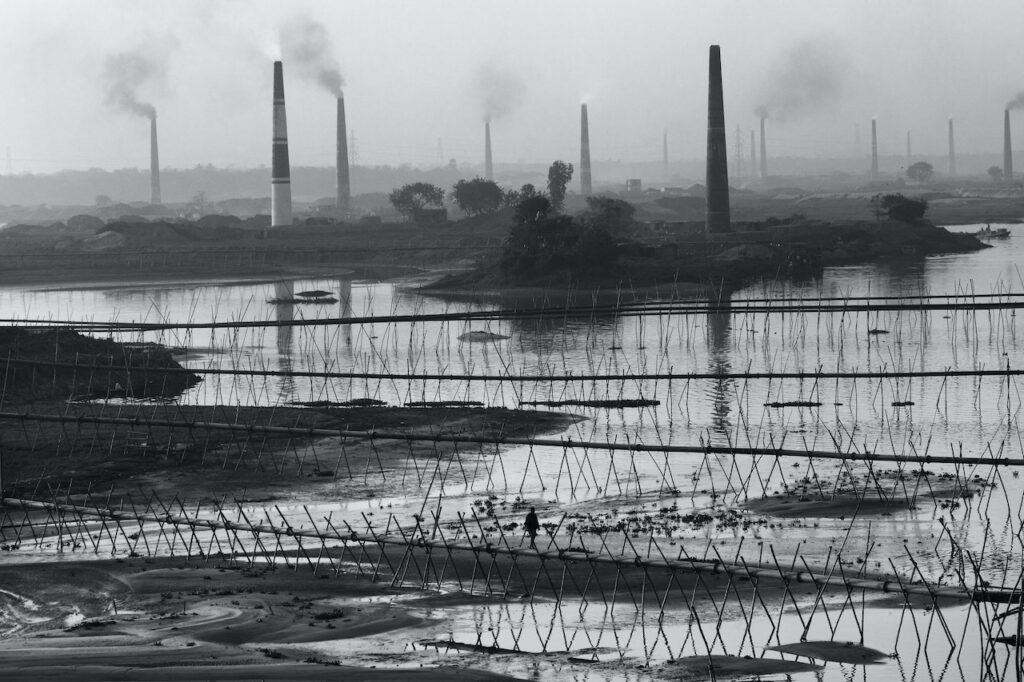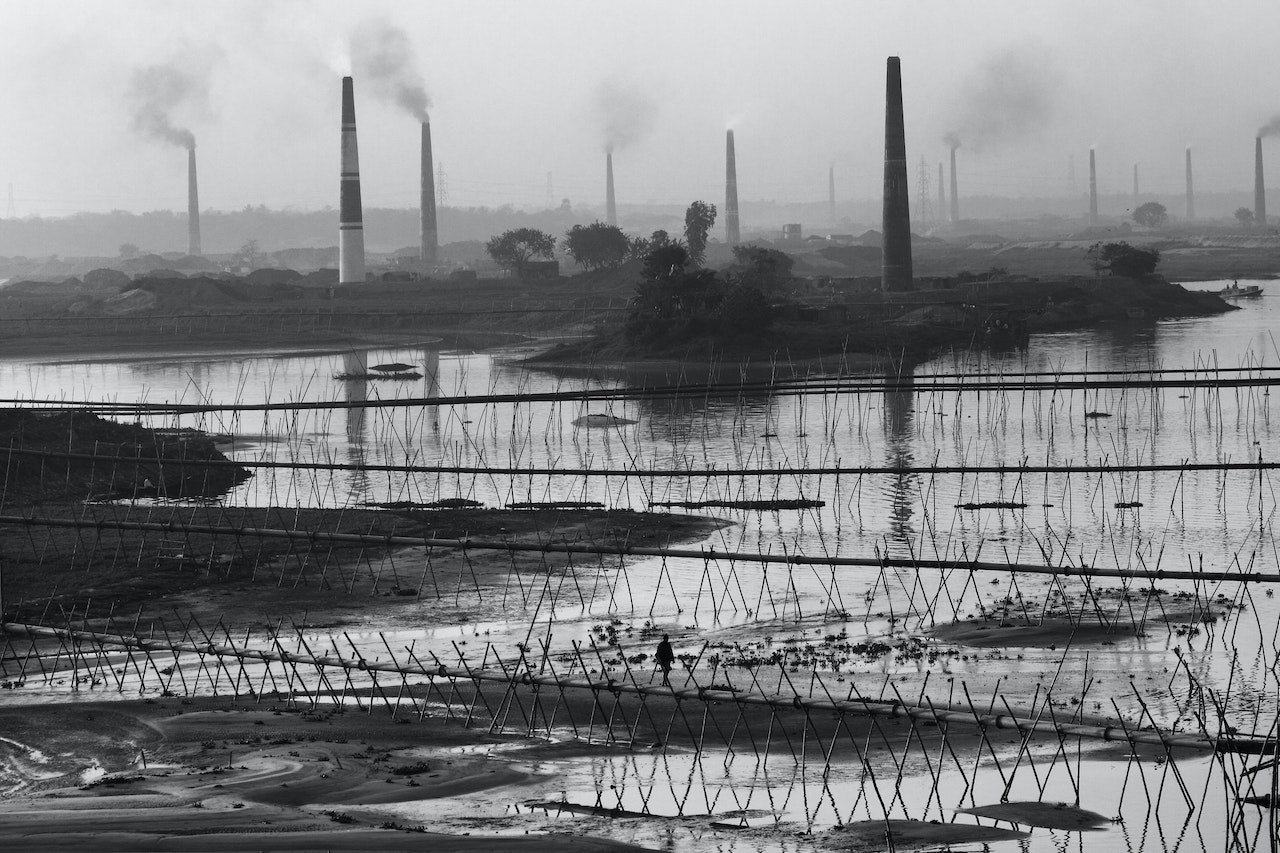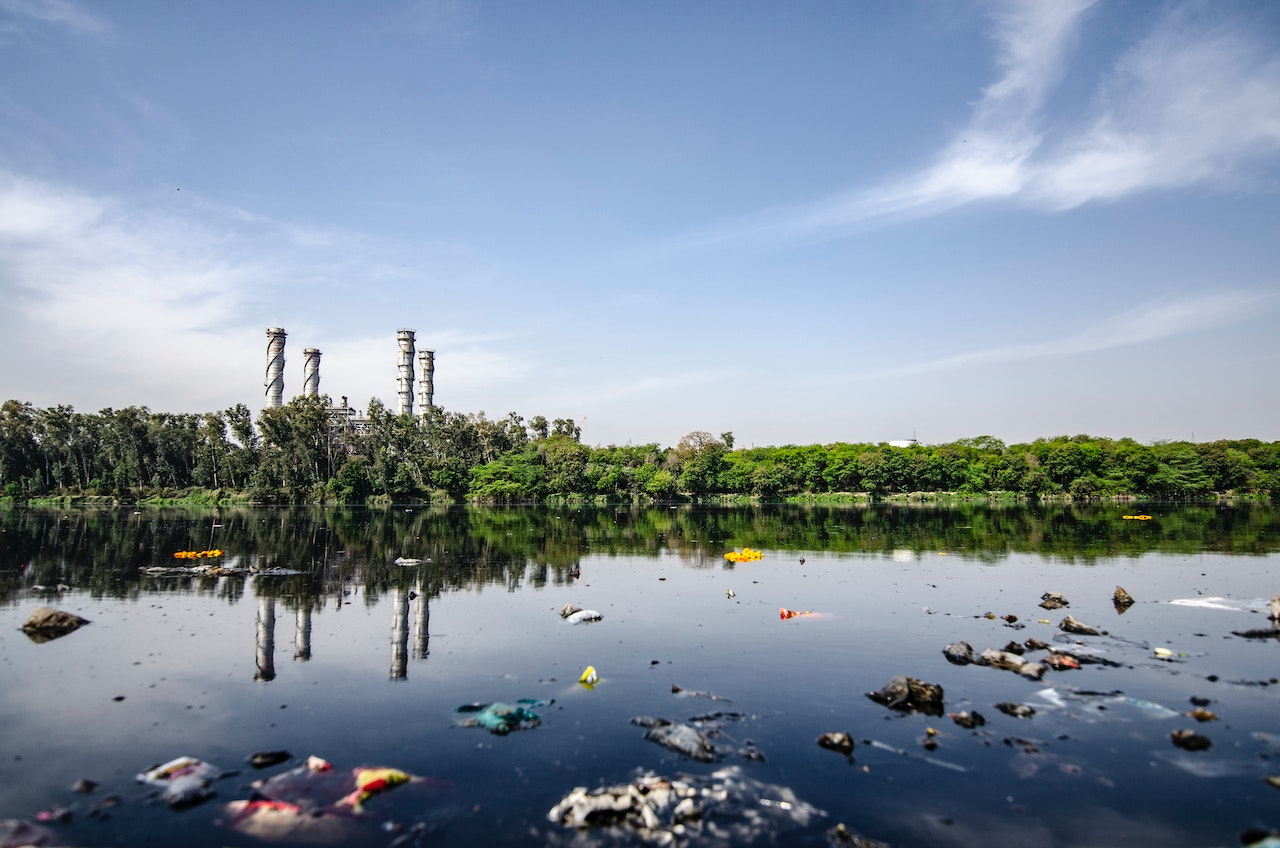
Pollution is a major environmental issue that affects our planet in various ways. One of the most significant consequences of pollution is its impact on the water cycle. The water cycle is the natural process through which water evaporates from the earth’s surface, forms clouds, and falls back to the surface as precipitation. However, pollution disrupts this cycle, leading to negative consequences for the environment and human health.
Water pollution can have a severe impact on aquatic life. When pollutants such as chemicals and waste products enter water bodies, they can harm fish, plants, and other organisms that live in and depend on the water for survival. Additionally, contaminated water sources can also cause health problems for humans who consume the water. Pollution can also lead to soil contamination, which affects the quality of soil, making it more difficult for crops to grow. Alterations in weather patterns due to pollution can also have devastating effects on the environment. Therefore, it is essential to take measures to minimize the impact of pollution on the water cycle to protect the environment and public health.
Impact of Water Pollution on Aquatic Life
Did you know that water pollution can have a devastating impact on the lives of aquatic creatures? When pollutants such as toxic chemicals, oil spills, and sewage waste enter water bodies, they can cause serious harm to fish, amphibians, and other forms of marine life. These pollutants can affect the ability of aquatic organisms to breathe, feed, and reproduce, leading to a decline in their population.
Water pollution can also cause physical harm to aquatic creatures. For instance, plastic waste in water bodies can be mistaken for food by fish and other marine animals, leading to ingestion and blockage of their digestive system. Additionally, oil spills can coat the feathers of birds, making it difficult for them to fly and stay warm, while also affecting their ability to find food. Overall, the impact of water pollution on aquatic life should be a major concern for everyone, as it not only affects the animals themselves, but also the entire ecosystem.
Contamination of Water Sources
You’ll be shocked to learn just how much of our drinking water comes from sources contaminated by harmful substances. In fact, according to the Environmental Protection Agency, almost half of the rivers and streams in the United States are considered to be polluted. This contamination can come from a variety of sources, including industrial waste, agricultural runoff, and even everyday household products like cleaning chemicals.
The problem with contaminated water sources is that they can have a serious impact on the water cycle. When pollutants enter a water source, they can spread quickly throughout the entire system. This means that even if only a small amount of pollution enters a river or stream, it can eventually make its way into the groundwater, which can then impact other sources of water like lakes and reservoirs. This contamination can disrupt the delicate balance of the water cycle, leading to a host of environmental problems.
Effects of Pollution on Soil Quality
Imagine walking through a vibrant garden, but as you step on the soil, it crumbles and cracks due to the excessive amount of toxins that have seeped into the earth from nearby factories and farms. This is the reality of soil pollution, which has become a major concern for environmentalists and farmers alike. Pollution can affect soil quality in various ways, from altering its pH levels to degrading its nutrients, making it difficult for plants to grow and thrive.
One of the main effects of pollution on soil quality is the depletion of nutrients. Polluted soil often lacks the necessary nutrients that plants need to grow, such as nitrogen, phosphorus, and potassium. This can lead to stunted growth, poor yields, and even crop failure. In addition, pollution can also alter the pH levels of soil, making it too acidic or alkaline for plants to grow. This can further exacerbate the problem of nutrient depletion, as plants may not be able to absorb the nutrients that are present in the soil. Overall, pollution has a significant impact on soil quality, and addressing this issue is crucial for ensuring food security and environmental sustainability.
Alteration of Weather Patterns
You might not realize it, but the altered weather patterns caused by human activity are wreaking havoc on the planet, causing devastating natural disasters and threatening the very existence of certain species. The increase in pollution has led to the warming of the planet, leading to changes in precipitation patterns, stronger storms, and more frequent droughts. The water cycle, which is essential for the survival of all living beings, is being disrupted, causing irreversible damage to the environment.
As the temperature rises, the amount of water that evaporates from the surface of the earth increases, leading to more frequent and intense rainfall. This can cause flooding, landslides, and other natural disasters. On the other hand, the increase in temperature can also lead to droughts, which can have a devastating impact on agriculture and food production. The alteration of weather patterns caused by pollution is not only affecting the environment, but it is also affecting human life, leading to health problems and economic losses. It is imperative that we take action now to mitigate the effects of pollution on the water cycle and the environment.
Minimizing the Impact of Pollution on the Water Cycle
Let’s explore ways we can reduce the impact of human activity on the delicate balance of the water cycle. One of the most effective ways to minimize the impact of pollution on the water cycle is to reduce the amount of pollutants that enter the water system. This can be done by implementing strict regulations on industries and individuals that release pollutants into the environment. Government agencies can also monitor the quality of water bodies and enforce heavy fines and penalties for those who violate environmental laws.
Another way to minimize the impact of pollution on the water cycle is by promoting sustainable practices such as reducing the use of chemical fertilizers and pesticides in agricultural practices, using eco-friendly cleaning products, and reducing the amount of plastic waste that ends up in water bodies. By using sustainable practices, we can reduce the amount of pollutants that enter the water cycle and help preserve the delicate balance of the ecosystem. Ultimately, it is up to all of us to take responsibility for our actions and make conscious efforts to reduce our carbon footprint and minimize the impact of pollution on the environment.
Frequently Asked Questions
How does water pollution affect the human population?
Water pollution can have significant impacts on human health, including increased risk of diseases like cancer and neurological problems. Exposure to contaminated water sources can also cause skin irritation, gastrointestinal issues, and other health concerns.
What are the long-term effects of pollution on the water cycle?
The long-term effects of pollution on the water cycle include altered precipitation patterns, reduced water quality, and damage to aquatic ecosystems. These changes can have far-reaching consequences for both the environment and human populations that rely on clean water sources.
Can pollution cause changes in water temperature?
Pollution can cause changes in water temperature, which can disrupt the natural balance of the water cycle. This can lead to changes in precipitation patterns and affect the amount and quality of water available for human and animal use.
Is it possible to reverse the effects of pollution on the water cycle?
It may be possible to reverse the effects of pollution on the water cycle, but it would require significant efforts to reduce pollution sources and restore damaged ecosystems. It is important to prioritize prevention of pollution to protect the water cycle.
What measures can be taken to prevent pollution from entering the water cycle?
To prevent pollution from entering the water cycle, measures like proper disposal of waste, reducing the use of pesticides and chemicals, and implementing eco-friendly practices can be adopted. FalseFalsecontractions should not be used.
Conclusion
In conclusion, pollution has a significant impact on the water cycle, leading to a multitude of negative consequences. It affects aquatic life, contaminates water sources, degrades soil quality and alters weather patterns. The contamination of water sources can lead to the depletion of safe drinking water, affecting human health. Aquatic life can also suffer and become endangered due to pollution. The degradation of soil quality can lead to the loss of fertile land, reducing agricultural productivity. The alteration of weather patterns can have a significant impact on ecosystems and human life.
However, the impact of pollution on the water cycle can be minimized through various measures. Such measures include reducing the amount of waste produced, properly disposing of hazardous materials, and limiting the use of harmful chemicals. Proper management of water sources, including the protection of watersheds and wetlands, can also help minimize pollution. It is essential to reduce pollution to prevent further damage to the water cycle and protect the environment for future generations.


